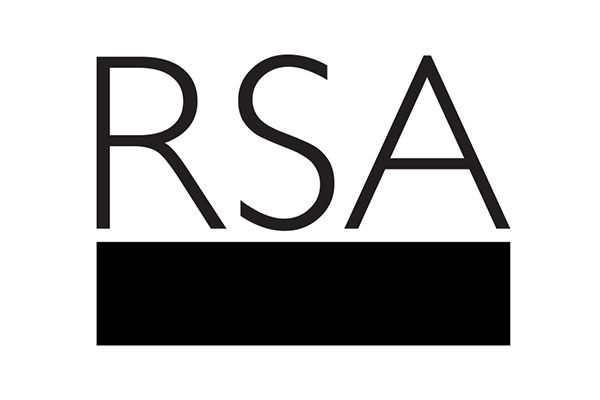Last week I described fourteen types of sub-optimal solutions, each excluding one or more of CT’s four ways of seeing the world (egalitarian, hierarchical, individualist and fatalist). The best circumstance for what cultural theorists call ‘clumsy solutions’ is not just when each is in play (in a sense, they are all always be in play at some level) but when the exponents of each view are able to engage creatively with the others. This helps to address one often made criticism of CT’s paradigms: that within each way of viewing the world there are both reasonable and unreasonable ways of thinking and behaving.
It can be argued that the variants of each paradigm can be placed on a continuum. At one end of the continuum the paradigm tends to present in a way which is dogmatic, defensive and hostile to all others. At the other is an approach which recognises plurality, revels in engaging with other perspectives and acknowledges that in the real world the best solutions are clumsy.
Four paradigms – engaged or antagonistic?
Paradigm Engaged form Antagonistic form
Egalitarian Just, collaborative Exclusive, negative
Individualist Creative, dynamic Selfish, irresponsible
Hierarchical Responsible, expert Self serving, bureaucratic
Fatalistic Respectful, compliant Cynical, resistant
Those seeking to create the best conditions for clumsy solutions have two tasks. The first is to ensure that all the paradigms are considered. The second is to create a context in which exponents of the different perspectives are inclined to engage with the advocates of the others.
As paradigms derive their power both from their internal logic and from their antagonism to other perspectives, the more each rests on its own strengths and the less on its antagonistic case the more likely it is to generate creative and clumsy engagement.
This leads to the surprising conclusion that the best way to encourage each perspective to be fully engaged with the others is to enable it to develop its own internal strength and logic. So, managers or solution brokers should not seek to impose a single way of viewing the world, create a unified culture or drive people towards an uneasy, inauthentic and resentful consensus. Instead they should encourage people who share one of the four perspectives (particularly the active three – fatalists will probably defy encouragement!) to find solutions which work for them and then try to develop clumsy solutions which draw on, rather than suppress, the different strengths of each perspective. After all, each perspective describes a view which will be shared by many others in the organisation, or who will be affected by a policy. Thus each perspective needs to be engaged if the solution is to have the best chance of working.
Related articles
-
Imagining a better future through foresight – why the metaphors we use matter
Adanna Shallowe
As we begin to imagine the post-pandemic world, we need to challenge our use of old metaphors to allow for new narratives and better futures to emerge.
-
Polarised: The RSA podcast exploring the politics of division
James Shield
Is it really true that we’ve never been more divided as a society? And if it is, how did it happen and what can be done?
-
How can we give up bad habits for good?
Ian Burbidge
With the post-Christmas resolutions looming, when we try to address the worst of our seasonal over-indulgences, the question remains: how can we give up bad habits for good?




Be the first to write a comment
Comments
Please login to post a comment or reply
Don't have an account? Click here to register.